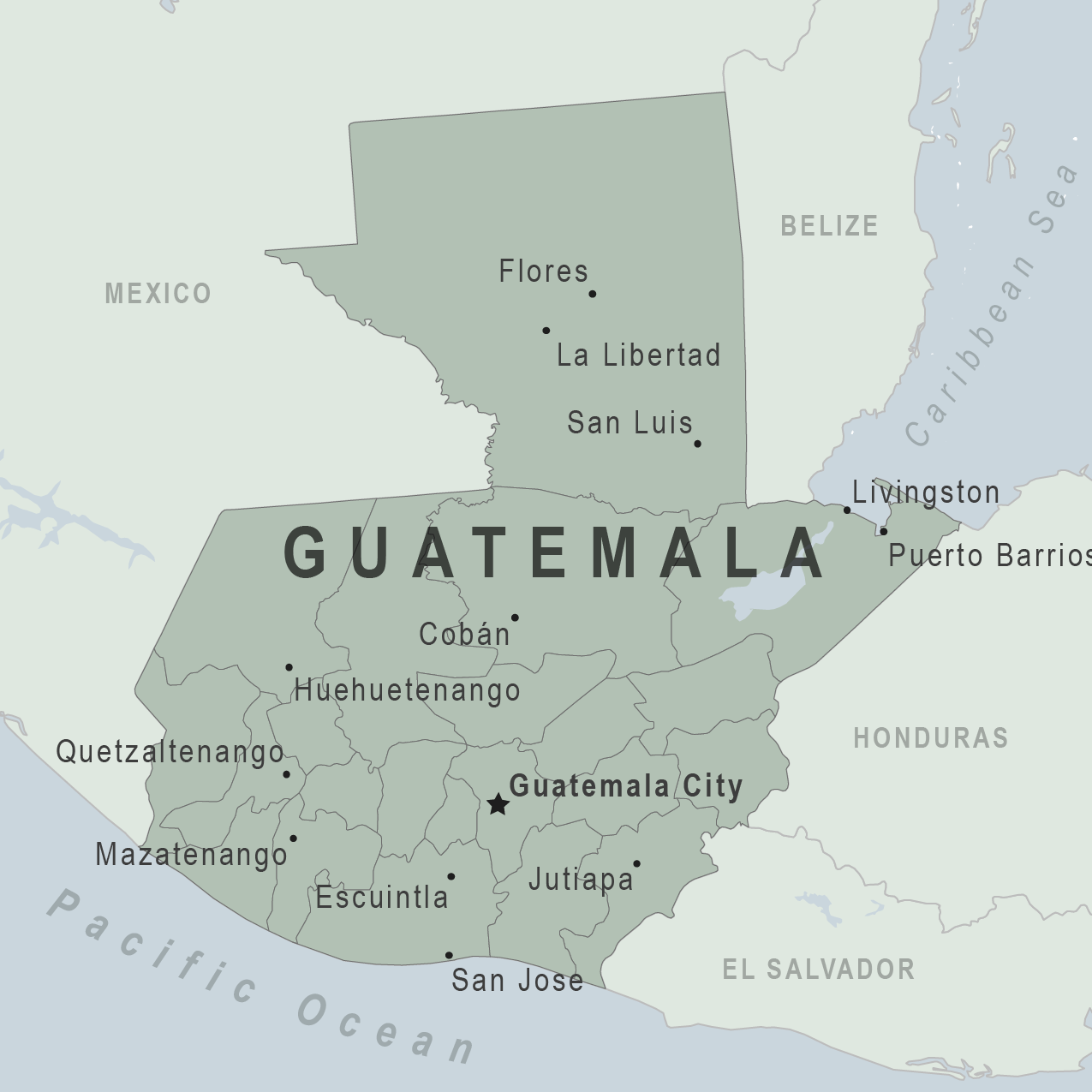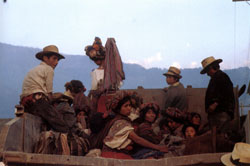The country is less than half the size of the United Nations. Guatemala was the location of a Mayan civilization which thrived until Spanish explorers conquered the region. Once the Spanish explorers came, the Mayans became slaves in their own home. During the 1980's over 20,000 people were killed in the Central American country of Guatemala

In 1962 a civil war broke out in Guatemala that lasted over 35 years
In 1981 three guerrilla groups merged to create Guatemala's United Front; Unidad Revolucionaria Nacional Guatemalteca (URNG)
In 1982, over 200,000 Mayan Indians were the targets for the Guatemalan genocide. They were targeted by the Guatemalan government and the Guatemalan Army, whose members called themselves the "killing machines". This genocide came to be known as and called 'The Silent Holocaust'.

Bodies of some of the 20 villagers killed near Salacuin, in northern Guatemala , in May 1982.
The government targeted and accused Mayans for working on creating a communist coup. These "killing machines" targeted the communities and killed not only the men, but women, elderly, and even the children. This genocide was executed by the army and its paramilitary teams which also included local men called 'civil patrols'. Together these groups attacked around 626 villages. Whenever these villages were attacked, the communities were seized while they were already gathered for either a celebration or whenever it was a market day. If the villagers who did not manage to escape they were brutally murdered. Other villagers were forced to watch or were even made to take part in these murders. The buildings in the community were vandalized and demolished. The army applied a 'scorched earth' policy and would then destroy crops, kill the animals, ruin the water supply, and then destroyed sacred places and cultural symbols.

Guatemalan Forensic Anthropology Team are exhuming a mass grave at the La Verbena cemetery in Guatemala City
Children were beaten against walls, tortured, raped, and sometimes they were thrown into live pits where the dead bodies of adults were thrown on top of them. Women were routinely raped and tortured and the wombs of pregnant women were cut open and the fetus removed. Along with this, many victims often hand their arms, legs, or other limbs amputated. Many Mayans were also impaled and left to die a slow and painful death. Reports show that some victims were doused in petrol and set on fire while other villagers were disemboweled while still alive. Death squads (some of which in time came under the army's umbrella), largely made up of criminals, murdered suspected 'subversives' or their allies; under dramatic names, such as 'The White Hand' or 'Eye for an Eye', they terrorised the country and contributed to the deliberate strategy of psychological warfare and intimidation.
Throughout the genocide, the United States provided military support to Guatemala by supplying them with arms and equipment. At the School of Americas in Georgia(USA) trained Guatemalan officers who were later notorious for human rights abuse. This school was also known as a guerrilla training school. Some Guatemalan intelligence officers were members of the CIA and some of the members were known to have been human rights violators. The US's involvement in the genocide is said to have been strictly strategic.

Refugees being brought into town on trucks
The Guatemalan Army and the Guatemalan government were the major force behind all the murders. Along with them, there were also military units called Commandos who helped and carried out covert operations against the Mayans.It is said that the State and the Army are responsible for 93% of the human rights violations recorded and that the guerrillas are responsible for 3%. According to Lehman Anthropology Professor; Victoria Sanford, members of the Guatemalan Army were responsible for the vast majority of these acts, yet only eight people were charged. Professor Sanford was a research consultant for the Guatemalan Forensic Anthropology Foundation Report to the Guatemalan Truth Commission in 1998.
No comments:
Post a Comment